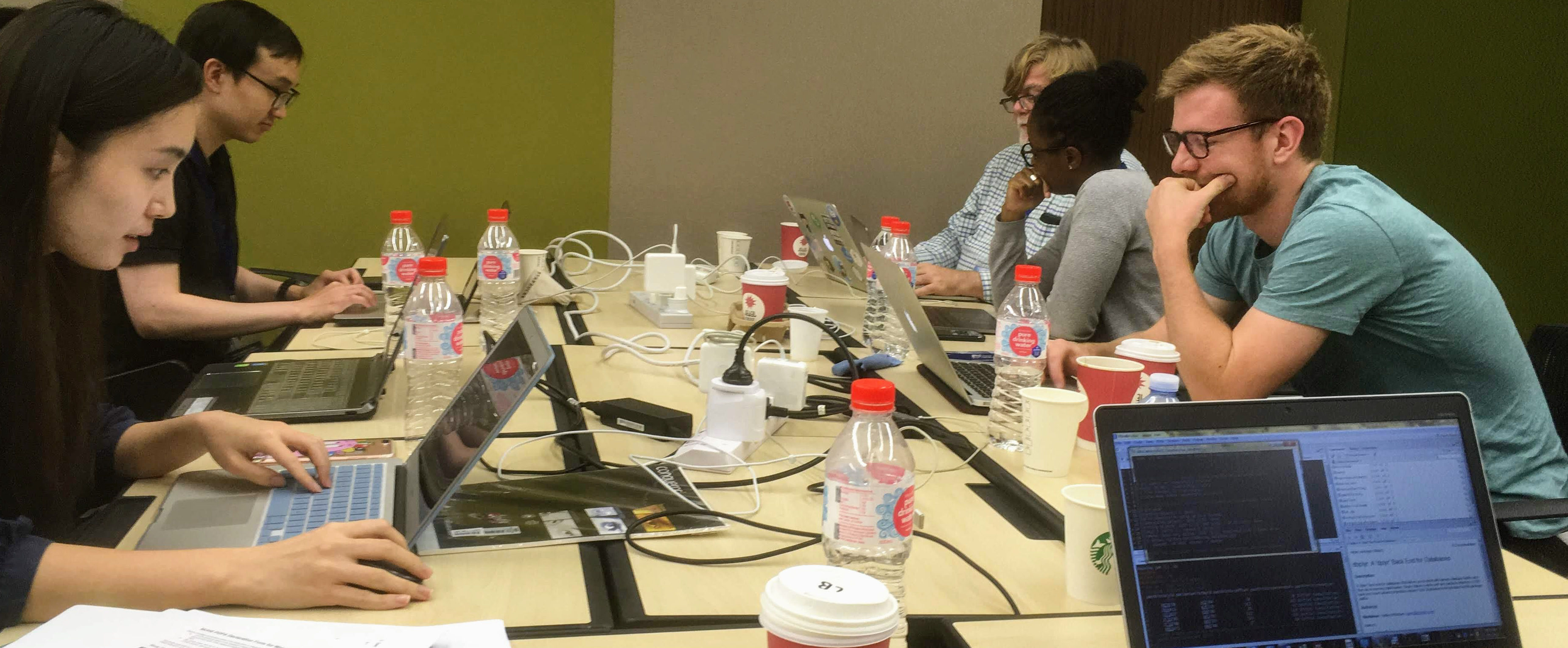Posts

Add Interactions to Regularized Regression

Big Networks in Healthcare

NUS-MIT Datathon

PhD internship in Machine Learning
In the internship, you’ll explore the latest machine learning methods such as tree ensemble methods, graphical models and neural networks and compare their performance to what is the current industry standard. A great opportunity to improve your machine learning skills and create valuable insights for the credit risk industry.
Applications close 20 June, 2018.
Apply here: https://aprintern.org.au/2018/05/21/int-0431/
R package CTRE: thresholding bursty time series
The R package is now available on CRAN. It Models extremes of ‘bursty’ time series via Continuous Time Random Exceedances (CTRE). (See companion paper.)
Fractional Diffusion where "fractional" varies in space
A Fractional Fokker-Planck Equation is derived which scales variably in space. The paper is now published.
R package MittagLeffleR: Using the Mittag-Leffler distributions in R
First version of an R package which calculates probability densities of the Mittag-Leffler families of distributions.
Prestigious Scientia PhD Scholarship available
Apply for a prestigious PhD scholarship.